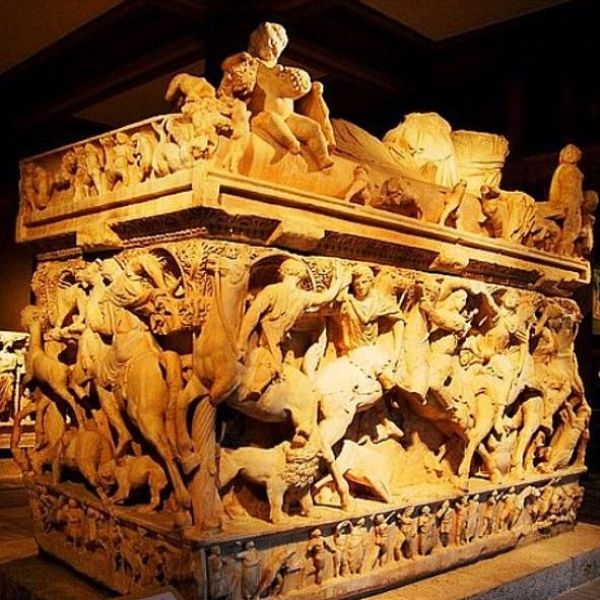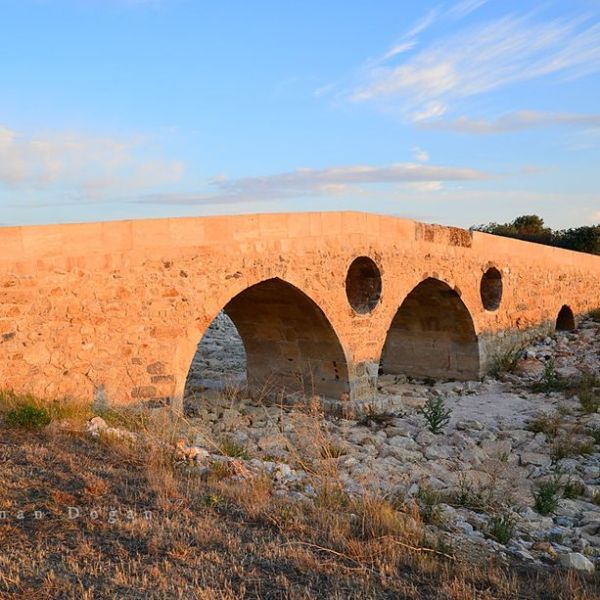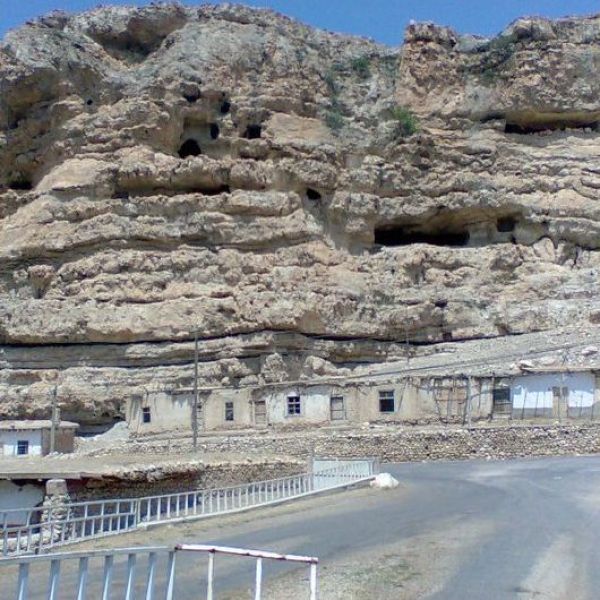Ayrancı
Ayrancı is a district of Karaman province.
It is known that Ayrancı, whose situation in ancient times is unknown, was hiding in the country of the Hittite State. Later, after the collapse of the Hittite State in 1200 BC by the Phrygians coming from the west, it remained in the Tuvan kingdom until 323 BC. With the collapse of the Tuvan kingdom, it was left behind by Alexander the Great, then by the Romans, Byzantines, Seljuk Dynasty and Ottomans. The majority of the people are Avshar Turkmens. In 1903, a village was established in Osmaniye by Crimean Turks and Yoruks. Ayrancı, which takes the appearance of the universe after phases, is now a developing district passing through the middle of the Ereğli-Karaman highway.
It is 38 km from Konya Ereğli and 44 km from Karaman centre. It is famous for Obruk leather cheese, the sheep's row yoghurt and white cherries of the Dağızboğaz village, as well as the "Tokaloğlu" apricot grown in the Böğecik village. It is one of the driest regions of Turkey. The source of income is agriculture and animal husbandry. The main villages are: Kıraman, Buğdaylı, Ağırboğaz, Hüyükburun, Üçharman (Divle), Sarayköy, Dokuzyol, Karaağaç, Kaleköy, Çatköyü, Akpınar, Melikli, Sarayköy, Ambar, Böğecik, Berendi, Kavaközü and Büyükkoraş.
Ağızboğaz village was used as an important recreation area and hunting area, especially during the Tuvana Kingdom. It was seen in a small palace where the King of Tuvana, who went hunting at that time, stayed in the area known today as "Saracık Plateau", and it was located here, called "Saraycık". Later, it was known among the public as Saracık. Although it was burned and destroyed during the ancient Roman period, there are a few ruins. Sheep yoghurt, made from the treatment of sheep grazing in the plateau areas resulting from the characteristics of the vegetation in the mountains, is a desirable taste. Ayrancı district is 16 km away.







Leave Your Comments